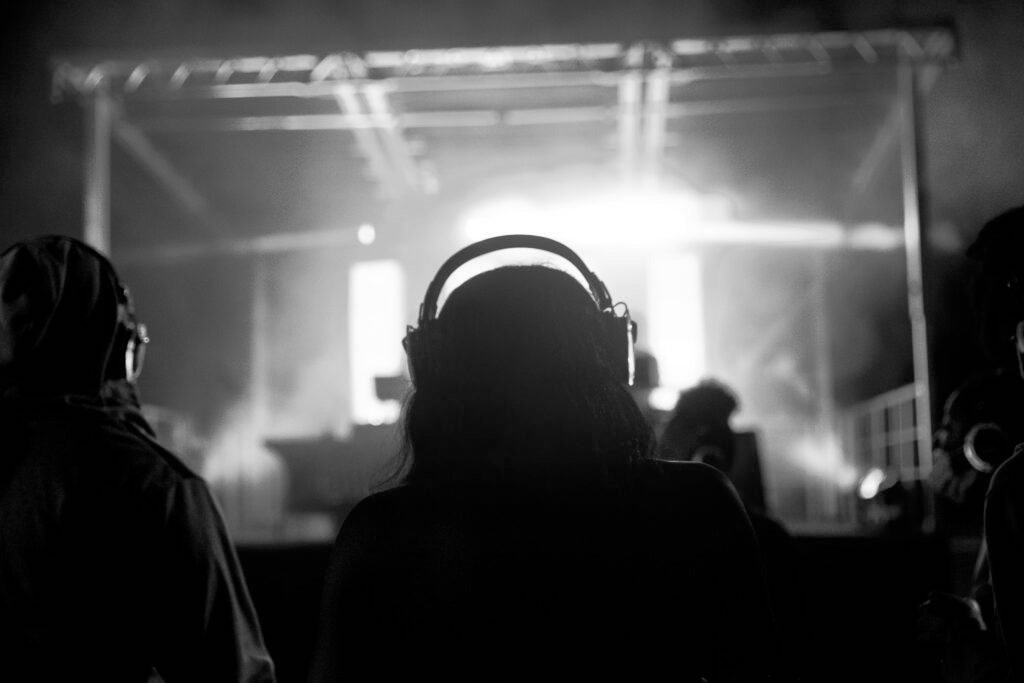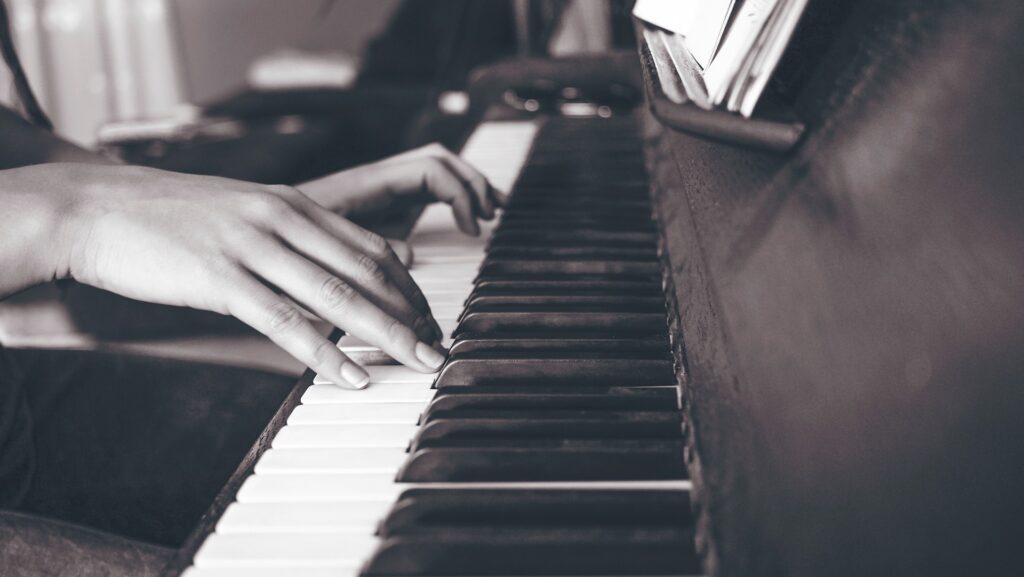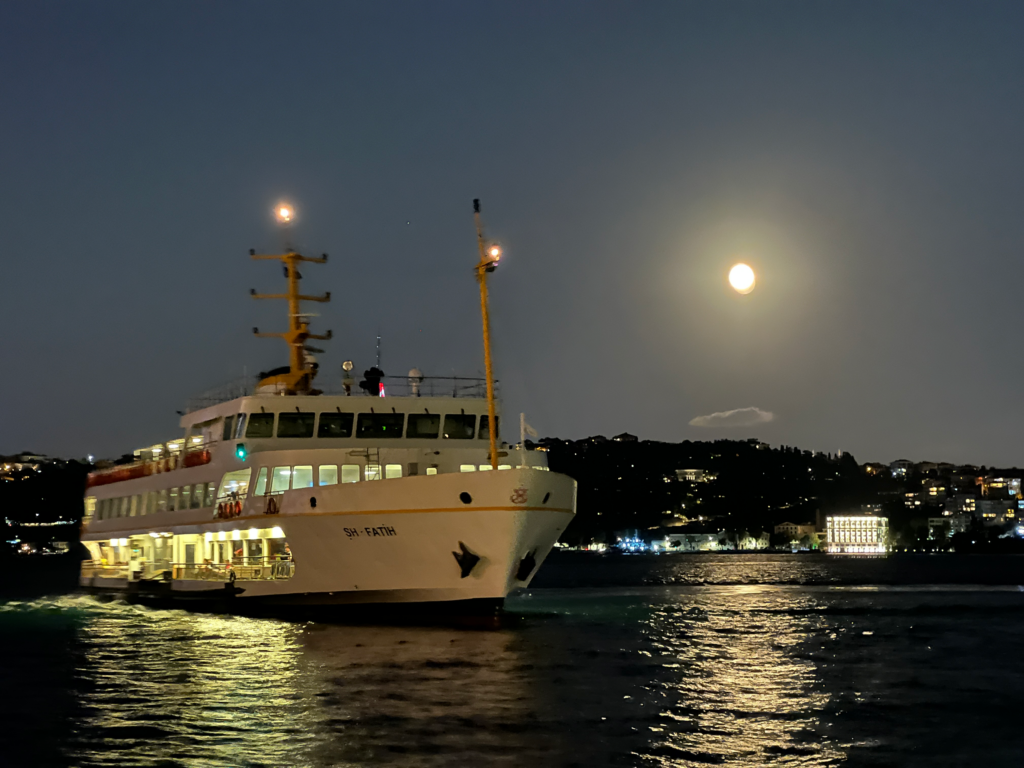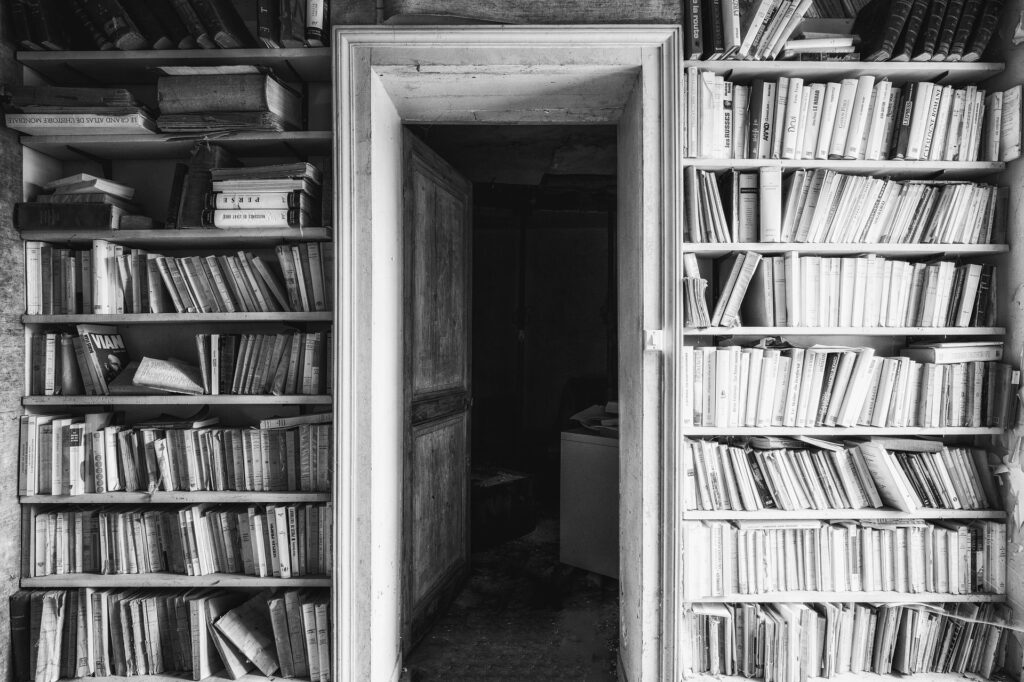Written by: Audrey Williams
April 12, 2023
Setting the Scene
I don’t remember the first time I heard the resistance song “Bella Ciao.”
But I do know it wasn’t in the original Italian.
Rather, it was a Turkish translation—an interpretation—by the leftist folk rock band Grup Yorum.
Their version begins like this:
İşte bir sabah uyandığımda
Çav bella, çav bella, çav bella, çav, çav, çav…
[It was one morning when I woke up,
Goodbye beautiful, goodbye beautiful, goodbye beautiful, goodbye, goodbye, goodbye…]
With these words, we set the scene. Dawn—the rising sun, and the clouds shot through with color.
Who hasn’t been enticed by the promise of a new day?
Then again, who also hasn’t had the misfortune of waking up in dread at some point in their life?
So, which is it?
Promise?
Or dread?
It’s hard to say this soon in our story, but whatever hope is held within these words, it is cut through with sorrow. There is something beautiful in our protagonist’s life, and our protagonist knows that, beautiful as it is, it must also be bade farewell.
The song continues:
Elleri bağlanmış bulduğum yurdumun
Her yanı işgal altında.
[I found my homeland under occupation,
Its hands all tied up.]
There it is. Our protagonist’s sorrow. The promise of a new day, shattered by the horror of oppression. This is a resistance song, after all.
The opening lines of this Turkish version are not much different than the original Italian. Though, in comparing the two, I’m approaching the limits of my knowledge. I’m a non-native Turkish speaker, and I’m not a speaker of Italian at all.
Here, Wikipedia might offer some help. Crowdsourced knowledge—certainly not the place you should end your search, but not the worst way to start it, either.
Here’s what our (mostly) trusty internet encyclopedia says:
Una mattina mi son svegliato,
o bella ciao, bella ciao, bella ciao ciao ciao!
[One morning I awakened,
oh bella ciao, bella ciao, bella ciao, ciao, ciao!]
Here, the words are almost exactly like the Turkish translation.
The second two lines, however, are more to the point than our Turkish version:
Una mattina mi son svegliato
e ho trovato l’invasor.
[One morning I awakened,
And I found the invader.]
Thus, unlike in the Turkish version, where promise meets sorrow, there is no being caught off-guard in this Italian protagonist’s story. Immediately upon waking, the invader is there—and our protagonist is ready for a fight.
So, what do you think?
Has the scene been properly set?
And are you ready to follow me down the rabbit hole of “Bella Ciao”?

The Past and Present of “Bella Ciao”
The Stories and Moods of “Bella Ciao”


Adapting “Bella Ciao”: A Vignette
A Discomfiting Close
Listening for “Bella Ciao” in Istanbul

It was a clear night on the European side of Istanbul.
My husband and I waited for a ferry that would take us from Beşiktaş to Kadıköy on the Asian side. We leaned up against a metal fence that separated us from the deep, dark, lovely waters of the Bosphorus. The lights of Istanbul’s many, many buildings and houses danced across the water. But what took our breath away was the moon. Full, bright— making a show in the sky and on the waves. Pair it with the warm breezes of August, and it was a perfect summer night.
I had been spending a lot of time listening to “Bella Ciao” that summer. I was writing a paper on protest music for the American Political Science Association’s 2022 conference. As a peace and conflict studies researcher focusing on music, “Bella Ciao” was a song I wanted to study not just because of its resistance origins, or its recent popularization, or its hundreds upon hundreds of covers and adaptations.
I also wanted to study it because I liked it.
Yet, even after all the time I had spent listening to the song, I didn’t quite recognize it at first when a violinist on the sidewalk nearby began to play it.
The violinist’s music was interspersed with the conversation of those around us, and of course, I was wrapped up in the tableau of Istanbul on a clear night. And so, when he finished one song, paused, and then started another, my mind didn’t immediately recognize it—but my body did.
I began clapping as the first notes rang out. It was only a few seconds later—not terribly long, but long enough to notice—that I understood the reason for my lively reaction. The song he was playing was “Bella Ciao.”
It was lovely, and exciting given the serendipity, and also brief. By the time we were boarding the ferry, he had moved on to a different song.
Twenty minutes later, we stepped off the ferry at Kadıköy. Walking back to our hotel, not far from the pier, the notes of “Bella Ciao” rang out again.
Having so recently heard them, there was no question of what song it was. But I wasn’t clapping now, because it was being played by a child on a recorder, a cardboard box placed in front of her to gather the coins of passers-by. Worry about the child’s well-being instantly creeped in. It was late, nearly 10:00 PM.
If there was politics here, it wasn’t in the song. It was in the player’s—the child’s—lived experience of poverty. The politics of the need to be out on the street at 10:00 PM at night, risking her safety. The politics of the need to play a song—and what a gift it is, what a talent it is, to be able to play a melody—not for joy, or for protest, but for bread.
The politics of a system that not only makes it possible for a child to be out on the streets at night trying to “earn” money, but that also requires it—requires the suffering of the child, so that money otherwise meant for social support and mutual aid might go instead to—to what? To consumerism? To construction? To special interests? To so-called national defense, which is just another way of saying war?
And what part do I play in that system?
I’m writing this here, but that is not justice. I wasn’t able to help that child that night. And I haven’t since made any great effort to change that system.
And so, this is a discomfiting close to my story of “Bella Ciao.”
For it is often easy to identify the enemy. But it is much more difficult to hold the enemy to account—and even more difficult still to recognize and rectify your own complicity in injustice.

Author Bio
Audrey Williams is the Lab Manager of TNT Lab and a PhD student at the Jimmy and Rosalynn Carter School, where she is a Presidential Scholar. Her research focuses on narrative approaches to music and conflict transformation. Prior to coming to the Carter School, she was a 2015–16 Fulbright Scholar in Ankara, Turkey, and a Fall 2013 Herbert Scoville, Jr. Peace Fellow at the Stimson Center in Washington, D.C.
You can learn more about her work on her website.
How to Cite This Rabbit Hole
Williams, Audrey. (2023, April 12). “The many lives and meanings of ‘Bella Ciao.'” The Narrative Transformation Lab. https://tntlab.carterschool.gmu.edu/discover/rabbit-holes/the-many-lives-and-meanings-of-bella-ciao/
Further Reading
Beck, Margery A. (2023, October 18). “Globe-trotting AP photographer John Gaps III dies, age 63.” AP News. https://apnews.com/article/sports-middle-east-baseball-iowa-6f31f443187fa78c18449210b1998ba9.
“Bella Ciao.” (n.d.). Wikipedia. Retrieved March 09, 2023, from https://en.wikipedia.org/wiki/Bella_ciao.
Fernandez, Celia. (2021, July 29). “There’s a reason the “Bella Ciao” song is featured on ‘La Casa de Papel’.” Yahoo!. https://www.yahoo.com/lifestyle/theres-reason-bella-ciao-song-201200644.html.
Giusti, Marianna. (2021, April 19). “Bella Ciao — Italy’s liberation anthem has deep roots.” Financial Times. https://ig.ft.com/life-of-a-song/bella-ciao.html.
Lucarino-Diekmann, Diana. (2020, September). “Bella Ciao: Goodbye beautiful.” La Gazzetta Italiana. https://www.lagazzettaitaliana.com/history-culture/9528-bella-ciao-goodbye-beautiful.
McKernan, Beth. (2020, May 8). “Lonely death of Grup Yorum bassist highlights Turkey hunger strikes.” The Guardian. https://www.theguardian.com/world/2020/may/08/lonely-death-of-grup-yorum-bassist-highlights-turkey-hunger-strikes.
McKerrell, Simon, & Lyndon C. S. Way. (2017). “Understanding music as multimodal discourse.” In L. C. S. Way & S. McKerrell (Eds.), Music as multimodal discourse: Semiotics, power and protest (pp. 1–20). Bloomsbury Academic. https://www.bloomsbury.com/uk/music-as-multimodal-discourse-9781474264426/.
Peuquet, Sean. (2021, April 1). “Why music is not a universal language.” Rocky Mountain College of Art & Design (RMCAD). https://www.rmcad.edu/why-music-is-not-a-universal-language/.
Saeed, Saeed. (2020, April 13). “Why it is impolite to play ‘Money Heist’ song ‘Bella Ciao’ in Italy.” The National. https://www.thenationalnews.com/arts-culture/music/why-it-is-impolite-to-play-money-heist-song-bella-ciao-in-italy-1.1005390.
Shaw-Williams, Hannah. (2021, October 28). “Money Heist song explained: The real meaning of ‘Bella Ciao’.” Screenrant. https://screenrant.com/money-heist-bella-ciao-song-meaning-lyrics-translation/.
“The indomitable ‘Bella Ciao’.” (2020, September 5). Pummarola. https://pummarol.com/history/bella-cia-has-become-representative-of-struggles-everywhere/.
Wooten, Victor. (2012, August 13). “Music as a language [YouTube video].” Ted-Ed. https://www.youtube.com/watch?v=3yRMbH36HRE.
Image Credits
Cover Image
“Women in the rice fields of Polesine” (1885) by Ettore Tito.
This work is in the public domain in the United States because it was published (or registered with the U.S. Copyright Office) before January 1, 1928.
All other image credits are included where the images appear in this article.


